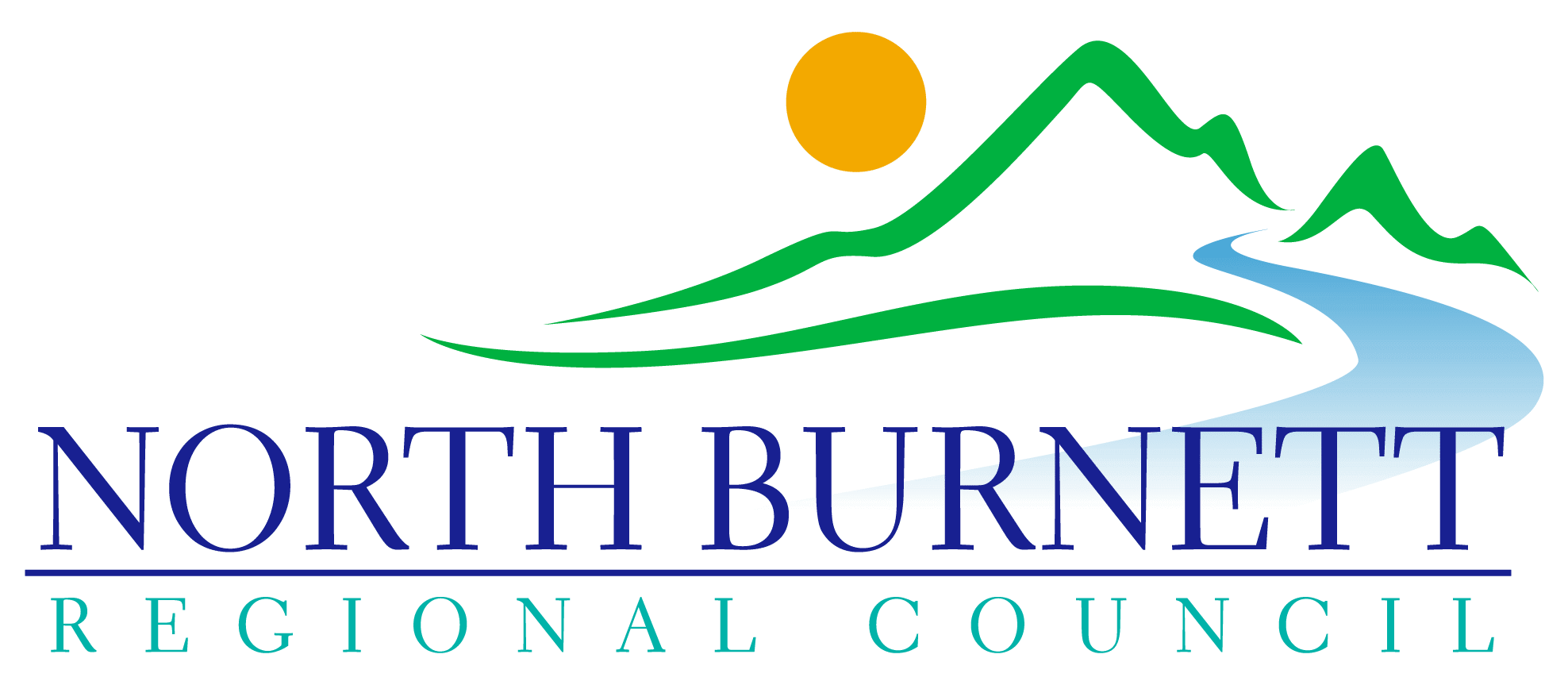WaTER SERVICES

North Burnett Regional Council owns and operates eight separate water supply schemes. These include: Monto, Mulgildie, Eidsvold, Mundubbera, Gayndah, Biggenden, Mount Perry and Mingo Crossing Caravan Park.
Potable Water
There are potable water sites at the following locations:
| Town | Address |
| Biggenden | Caroline Street – Opposite NBRC Works Depot |
| Eidsvold | Hamilton Memorial Park |
| Gayndah | Simon Street – Opposite NBRC Water Treatment Plant |
| Monto | Lyell Street |
| Mt Perry | Cnr of Heusman & Annie Street |
| Mundubbera | 115 Leichardt Street – @ NBRC Water Treatment Plant |
Water Restrictions
| Town | Restrictions |
| Biggenden | Level one (1) (Permanent Conservation Measures) |
| Eidsvold | Level one (1) (Permanent Conservation Measures) |
| Gayndah | Level one (1) (Permanent Conservation Measures) |
| Monto | Level one (1) (Permanent Conservation Measures) |
| Mt Perry | Level one (1) (Permanent Conservation Measures) |
| Mulgildie | Level one (1) (Permanent Conservation Measures) |
| Mundubbera | Level one (1) (Permanent Conservation Measures) |
| Mingo Crossing | Level one (1) (Permanent Conservation Measures) |
To apply for an exemption for the current water restrictions please complete an Application for Water Restrictions Exemption.
For further information or to view the Drought Management Urban Water Governance Policy, please go to our policy register and click on Drought Management Urban Water Governance Policy, under the Governance Policies tab. Further information on procedures relating to the Drought Management Urban Water Governance Policy can be found here.
Water rates and charges
Further information in relation to water rates and charges is available on our Rates and Charges page.
WATER METER READING
North Burnett Regional Council water meters are read twice a year by our water meter readers and may also be checked at random.
Please Help Our Meter Readers
Most of our customers are very considerate and we would like to thank them for their co-operation. It is each property owner’s responsibility to ensure that the meter is kept visible and accessible at all times.
Please keep the following points in mind:
- Keep the meter clear by cutting back vegetation around the meter.
- Do not bury the meter when gardening.
- Meters are usually installed inside the property and reasonable access is required.
- We Like Dogs, but occasionally they decide they want to have a taste of our meter readers. Please ensure that aggressive dogs are kept under control
How do I read my own water meter?
All water that passes through the water meter is the property owner’s responsibility.
Owners are encouraged to read their own meters regularly to monitor consumption and detect problems such as leaks. Any water leaks detected inside your property should be repaired by a Licensed Plumber as soon as possible.
To read your meter:
Water meters are generally inside the front property boundary (above ground) or external of the property against the front boundary in a meter box (below ground). You are responsible for ensuring clear access to it.

The white dials show kilolitres. (One kilolitre equals 1,000 litres.) The red dials show litres.
Read all the numbers before a period when no water will be used (eg. when going out). Read again at least two hours later. If the numbers went up, there may be a possible leaking pipe, toilet or tap which will require further investigation.
Water leaks - who is responsible?
It is inevitable that water pipes and fittings will leak. As the property owner, you are responsible for any leaks occurring on the property side of the water meter. Council is responsible for any water leaks at the water meter and on the road side of the water meter. Water leaks on the road side of the water meter will not result in a consumption charge for you as the water has not yet passed through the water meter. Council will repair all leaks on the road side of the water meter at no charge.
How do I check my property for water leaks?
It’s a good idea to monitor your household’s water meter to keep an eye on consumption and for the early detection of leaks.
Here’s how to check for leaks:
- When you have finished using water for the night, make sure all taps are turned off (a dripping tap can lose up to 200 litres of water per day).
- Take a meter reading. Write down the number, both black and red. Make sure you tell other occupants of the property that you are testing for water leaks and ask them not to use any water throughout the night.
- Take another water meter reading first thing the next morning before any water is used. If the numbers have increased, you have a leak.
- Notify your plumber as soon as possible.
In the event of a water leak on your property that has resulted in a substantial water loss, application for partial water relief can be applied for.
